- The two major economic corridors are strategically aligned to create a new paradigm of 1+1>2 regional cooperation

In the context of the restructuring of global supply chains and the acceleration of regional economic integration, the interconnection of Eurasia is ushering in a critical period of development. As the two major economic corridors across Asia and Europe, the synergy between the Belt and Road Initiative and the Middle Corridor (Trans-Caspian International Transport Route) is not only related to the improvement of international logistics efficiency, but also a strategic fulcrum to reshape the economic and trade pattern of Asia and Europe. How to realize the complementary advantages of the two corridors and unleash the synergistic effect of "1 1 > 2" has become an important issue of common concern for countries along the route.

Strategic complementarity: build a new system of Asia-Europe transportation network
The Belt and Road Initiative (BRI) has built an extensive Asia-Europe transport network through six major economic corridors, while the Middle Corridor has opened up a southern route through the Caucasus and across the Caspian Sea to Europe. The two corridors are strategically complementary in terms of spatial layout: when the traditional China-Russia corridor faces geopolitical fluctuations, the "middle corridor" can be used as a reliable alternative route; The Belt and Road Initiative's well-established infrastructure and mature operation system can provide important supply support for the Middle Corridor. According to the data of 2024, the goods transported through the two corridors will save an average of 18% of the transportation time and reduce the logistics cost by 12%, which fully proves the practical value of collaborative development.
Break through bottlenecks: Break down standards and institutional barriers
There are many practical challenges to achieving deep collaboration. Due to the difference in track gauge, it took up to 24 hours to reload goods at the China-Kazakhstan border; The customs procedures of countries along the Belt and Road are not uniform, and up to 30 documents need to be submitted for a single cross-border shipment; There is still a gap in the legal convergence of various countries in the fields of freight insurance and dispute resolution. Solving these bottlenecks requires innovative cooperation mechanisms: establishing a unified electronic freight document system to promote multimodal transport under one single system; Build standardized reloading bases at key nodes such as Khorgos and Baku; Drawing on the "customs and railway pass" model of the China-Europe train, we will implement the customs clearance facilitation reform of "pre-declaration and port inspection and release".
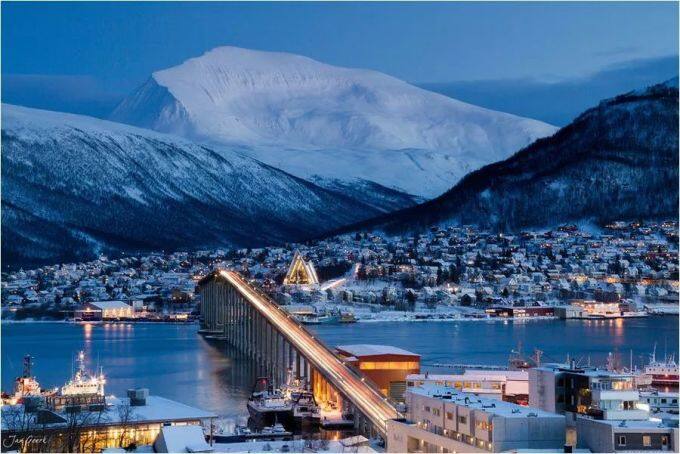
Value upgrading: from logistics corridors to industrial corridors
Coordinated development should not stop at the transport level, but also promote the function of the corridor to the high end of the value chain. In Almaty, Kazakhstan, the China-Kazakhstan Production Capacity Cooperation Park and the Trans-Caspian Sea route have formed a linkage model of "front store and back warehouse"; The Port of Baku in Azerbaijan is relying on the advantages of the convergence of the two corridors to develop an international logistics and financial service center. In the future, we can focus on cultivating three major growth poles: jointly building a port industrial zone along the Caspian Sea coast and developing intensive processing of bulk commodities; Lay out digital economy nodes along corridors to promote the integration of cross-border e-commerce and smart logistics; Establish green energy transport corridors to facilitate the delivery of clean energy from Central Asia.
Extensive consultation and joint construction: innovating the paradigm of regional cooperation
Deepening synergy requires innovative cooperation mechanisms. It is proposed to establish a dual-corridor cooperation council to involve governments, enterprises and international organizations of countries along the Belt and Road. set up a special development fund to focus on supporting key bottleneck projects; Establish a regular think tank dialogue platform to carry out joint research on the sustainable development of corridors. The 2030 Strategy for Regional Economic Cooperation in Central Asia, which will come into force in 2025, provides a new opportunity for institutionalized cooperation, and China can actively promote the integration of the two corridors into the regional cooperation agenda.

At a time when the risk of global economic fragmentation is intensifying, the coordinated development of the Belt and Road Initiative and the Middle Corridor is not only a powerful response to unilateral protectionism, but also a vivid practice of practicing true multilateralism. Through institutional innovation, infrastructure connectivity and industrial synergy, the two corridors can build a more resilient and dynamic Asia-Europe economic artery, injecting lasting impetus into the common development of the region. This is not only the optimization and reorganization of transportation routes, but also a major innovation in the paradigm of international cooperation, which has a significance far beyond the infrastructure itself, and will profoundly affect the economic geography of Asia and Europe in the coming decades.(This article is from the official website of Seetao www.seetao.com. Reprinting without permission is strictly prohibited. Please indicate Seetao.com + original link when reprinting) Seetao.com Strategy Column Editor/Sun Fengjuan
Comment
 Praise
Praise
 Collect
Collect
 Comment
Comment
 Search
Search


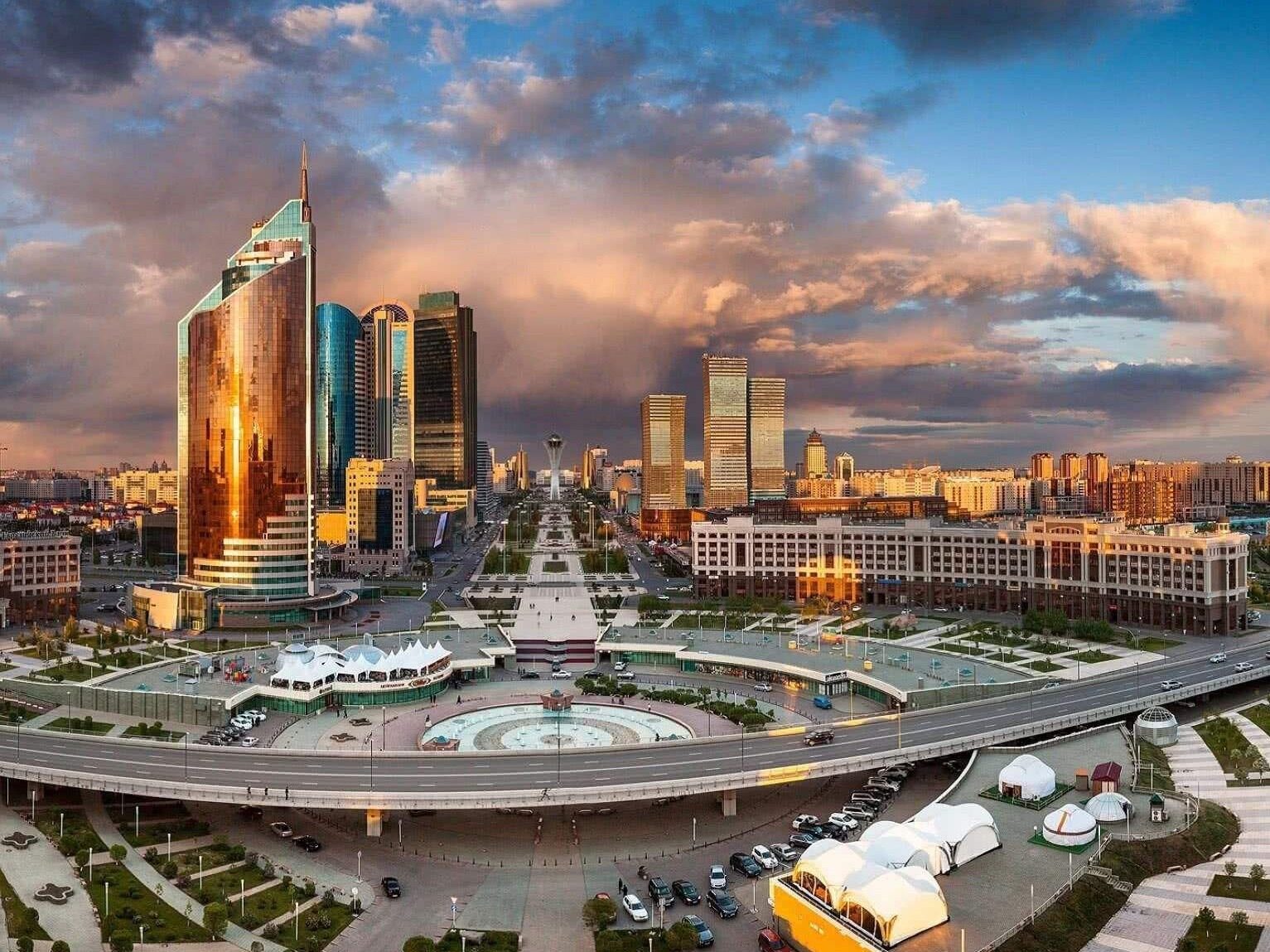
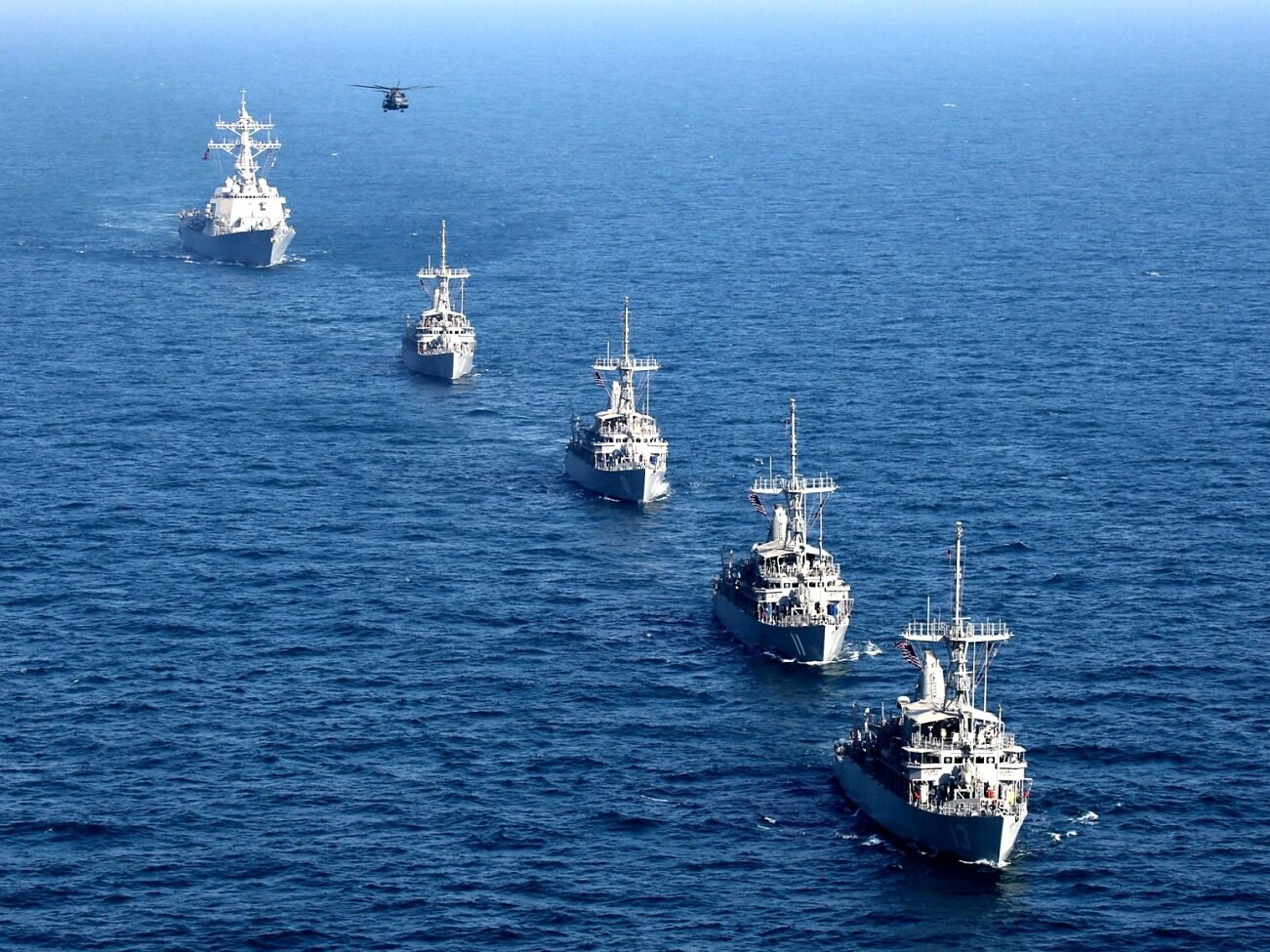
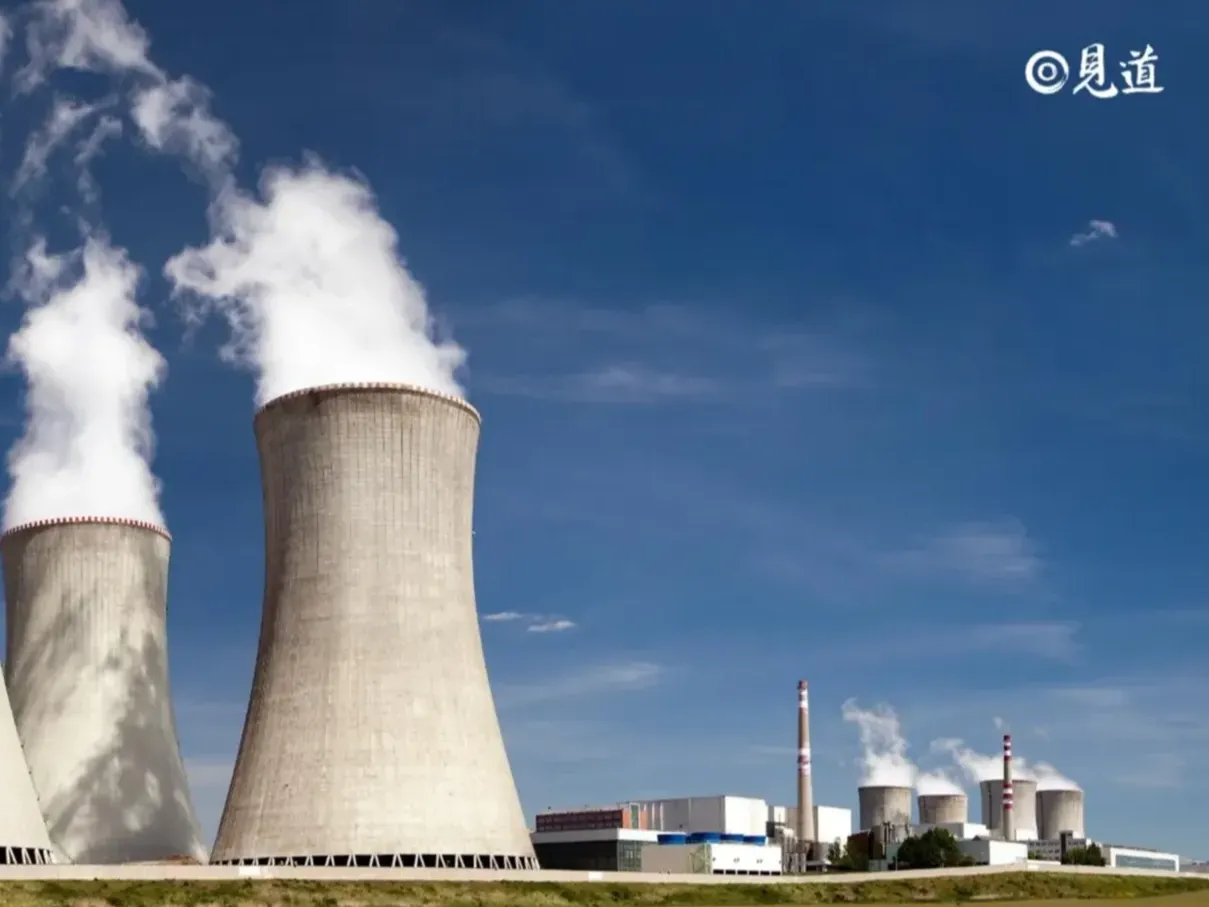

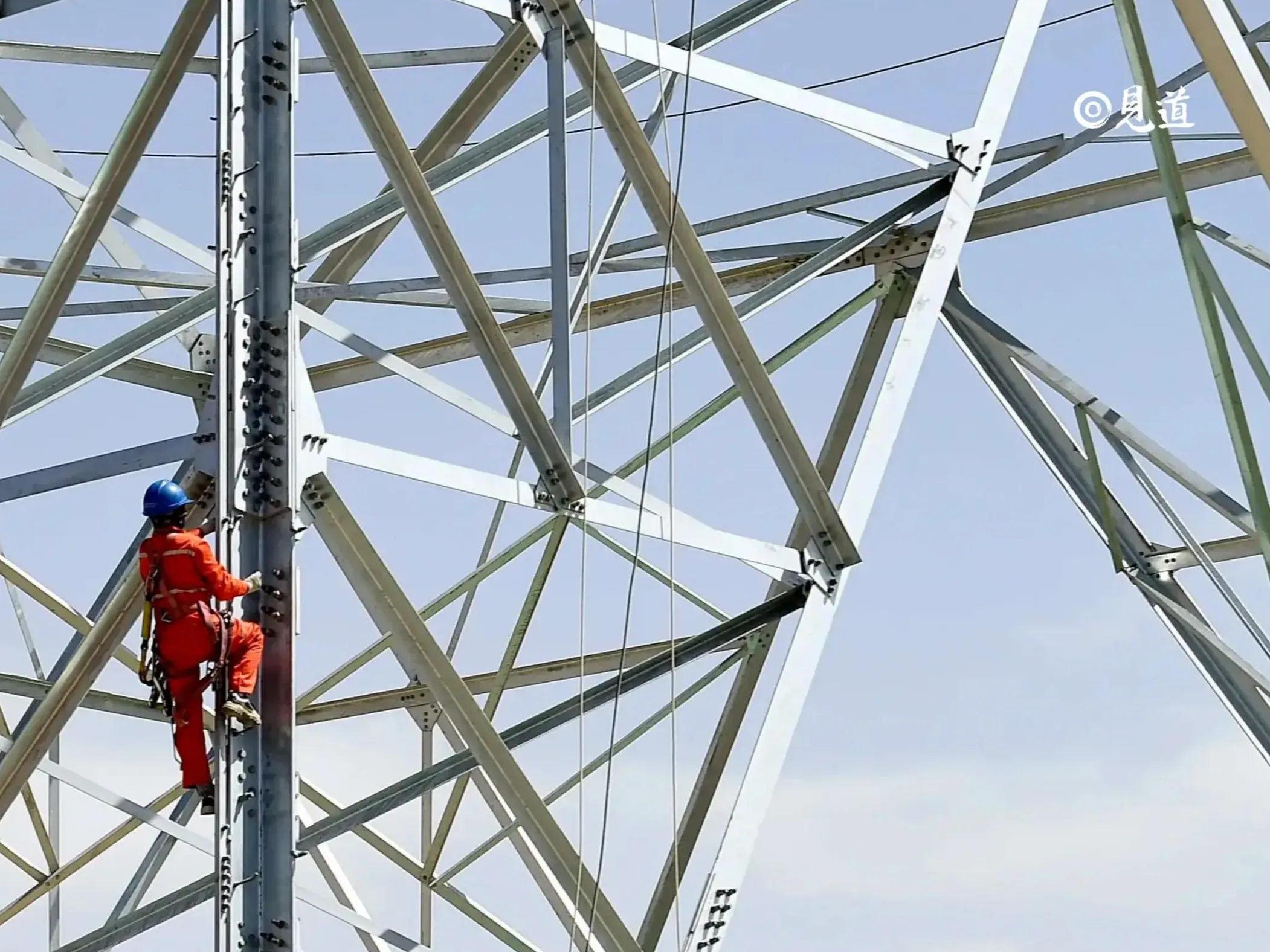
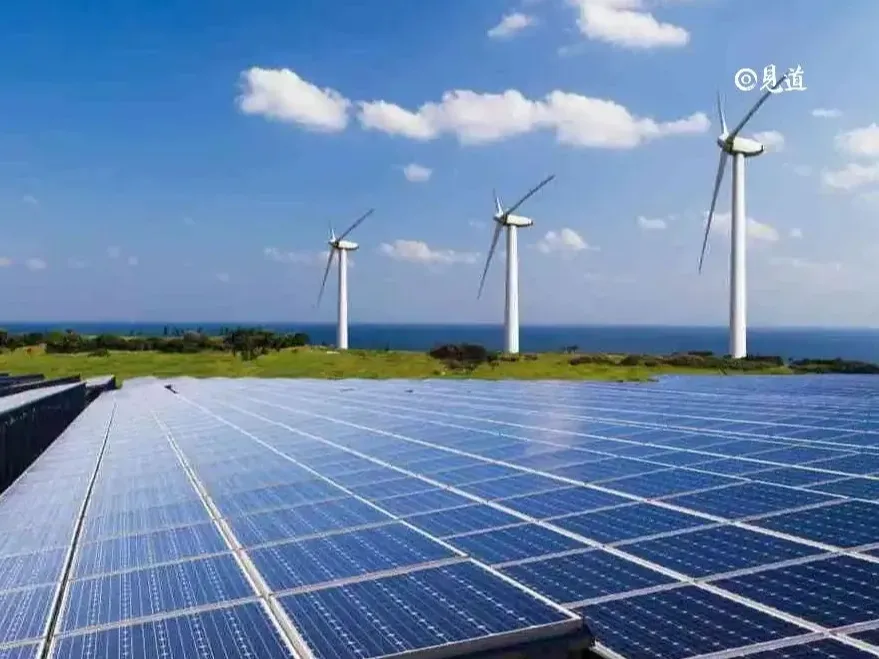






Write something~